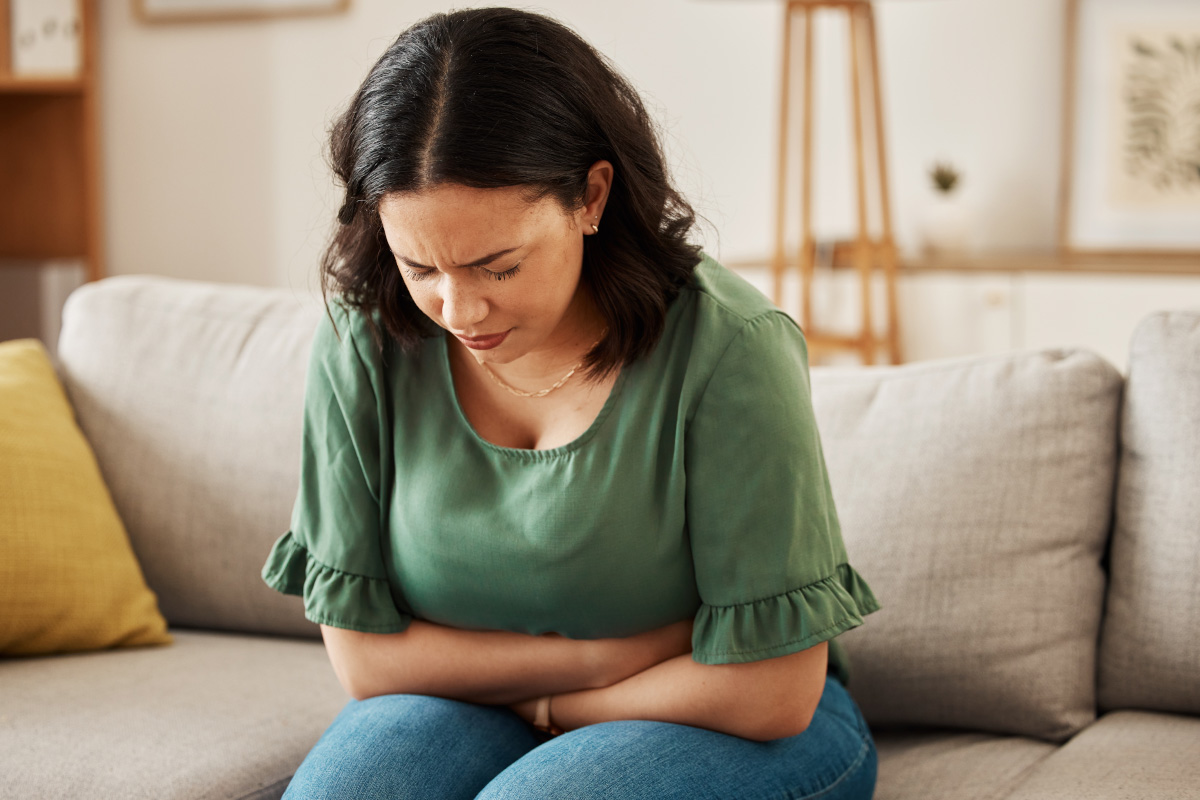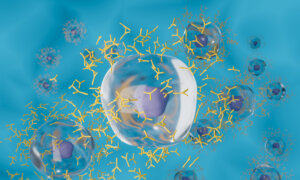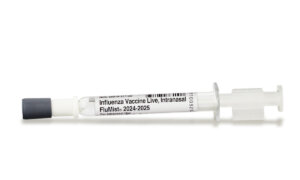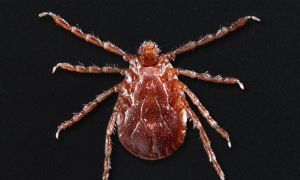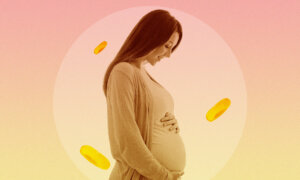Endometriosis may increase one’s risk of developing ovarian cancer by more than fourfold, researchers found in a study published on July 17 in the Journal of the American Medical Association (JAMA).
Endometriosis occurs when tissues lining the inside of the uterus also start growing outside the uterus. This tissue thickens, breaks down, and bleeds with each menstrual cycle. But having no way to leave the body, the blood becomes trapped, potentially causing painful periods, heavy bleeding, abdominal pain, and even infertility.
While prior studies have linked endometriosis to ovarian cancer, the new JAMA study showed that endometriosis is linked to Type 1 ovarian cancer, in particular—a slower-growing type—with nearly eight times higher risk.
However, patients with Type 1 tend to have favorable outcomes with a five-year survival rate of more than 90 percent.
“I think this study adds a little more granularity to the information that we have,” Dr. C. Matthew Peterson, professor emeritus and former chair of the department of obstetrics and gynecology at the University of Utah and one of the study authors, told The Epoch Times.
Severe Endometriosis and Type 1 Ovarian Cancer
The authors evaluated more than 78,000 endometriosis patients and compared them to more than 372,000 women without the condition.In ovarian endometrioma, tissue growth causes blood to fill cysts inside the ovaries. Deep-infiltrating endometriosis occurs when there is a significant amount of tissue growth and scarring outside the uterus.
Researchers found that women with ovarian endometriomas and deep-infiltrating endometriosis, which indicate moderate to severe endometriosis, are the most strongly linked to ovarian cancer. Women with either condition have more than a 19-fold risk of developing Type 1 ovarian cancer.
Dr. Peterson said these two types are rarer forms of endometriosis, and most women have milder, superficial growths instead.
He described the dispersal of these superficial growths as looking like “me having some paint on my hand and just flicking it at a wall.”
Not all patients will develop severe endometriosis, as some may live their whole lives without knowing they have the condition if they are asymptomatic, Karen Schliep, the study’s senior author and an associate professor in the division of public health at the University of Utah, told The Epoch Times.
Endometriosis is also linked to an increased risk of Type 2 ovarian cancer, a fast-growing cancer with a worse prognosis.
However, the increase in risk is lower. Any type of endometriosis is linked to a 2.7 times greater risk of Type 2 ovarian cancer, whereas severe forms are linked to an almost fourfold risk.
Dr. Peterson said it is still unclear why the risks vary with different types of ovarian cancer, speculating that some women may be genetically predisposed to developing severe endometriosis and ovarian cancer.
There is no clear cause for endometriosis or ovarian cancer.
Various studies have proposed possible mechanisms to explain the link between endometriosis and ovarian cancer. Endometriosis causes inflammation and is also often related to hormonal and immune dysfunction, which may drive cancer. Endometriosis needs the hormone estrogen to grow, as do some types of ovarian cancers.
Ms. Schliep, who has a doctorate in public health, told The Epoch Times that prior studies have suggested that endometriosis may be the tissue of origin for certain types of Type 1 ovarian cancers.
The senior author said their findings should be interpreted cautiously.
While the study shows a strong increased relative risk, “the absolute risk for women with endometriosis is equivalent to 10 to 20 additional cancer cases per 10,000 women. Our findings should not change clinical practice or policy,” she said.
“Overall, people with endometriosis should be aware of the warning signs of ovarian cancer, including bloating, stomach pain, urge to urinate more frequently, changes in bowel function, and unexplained weight loss, and consult their physicians as needed.”
Treatments for Endometriosis
The growth of endometrial tissue is driven by estrogen, which increases in the early stages of one’s menstrual cycle.Studies have shown that women with endometriosis tend to have a hormonal imbalance favoring estrogen over progesterone.
While estrogen increases growth, progesterone is like the “brake pedal” that decreases the growth and proliferation of endometrial tissue, Dr. Scott Rollins, an integrative medical practitioner from Integrative Medical Center of Western Colorado, told The Epoch Times.
He said that around half of his endometriosis patients have estrogen dominance, adding that the hormonal imbalance is like “throwing gasoline to the fire.”
Estrogen dominance can still cause problems for women without endometriosis. An estrogen-dominant woman may complain of various symptoms during and leading up to her menstrual cycle, including painful periods and breast sensitivity, and brain fog and paranoia during her periods.
Mainstream treatments for endometriosis include hormonal therapies that work by either reducing or blocking estrogen or increasing progesterone.
Hormonal birth control pills are a common first-line treatment for endometriosis. The medication stabilizes estrogen and progesterone levels to stop ovulation and ease menstrual pain and bleeding.
Some women may consider surgery to remove the endometrial tissue or to their estrogen-producing ovaries. While this intervention may help control symptoms, another recent study suggested that ovary removal may increase women’s risk of dementia.
Cruciferous Vegetables and Lifestyle Changes
Dr. Rollins recommends women with endometriosis consume cruciferous vegetables and their extracts to help the body clear excess estrogen.Sulforaphane and diindolylmethane are natural extracts from cruciferous vegetables that help the liver metabolize estrogen. Dr. Rollins recommends that patients combine the two extracts since they involve different pathways.
Changing to a healthier diet, regular exercise, and losing weight can also help women with endometriosis. Fat cells contain estrogen precursors, so women who are overweight or obese tend to have higher levels of estrogen.
“Factors known to decrease risk of endometriosis include pregnancy, breastfeeding, and potentially diet,” Ms. Schliep said.
Dr. Rollins also recommends avoiding hormone-disrupting chemicals, such as pesticides, certain skin care products, and fragrances, which may contain artificial chemicals that activate estrogenic activity.
“Our environment is so full of foreign chemical estrogens, and those can be much more aggressive than our natural estrogens,” he said. “Not all estrogens are created equal. Some of them are friendly, some of them are neutral, and some of them are very aggressive.”
